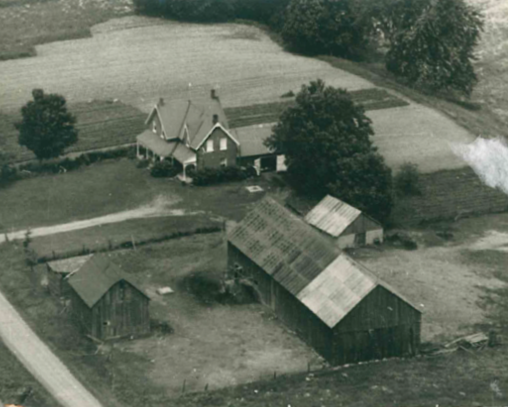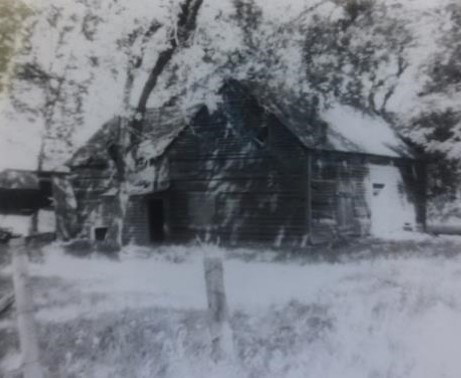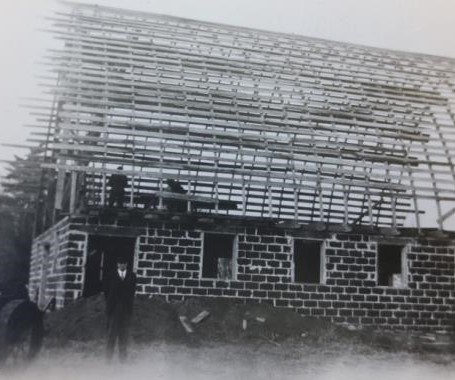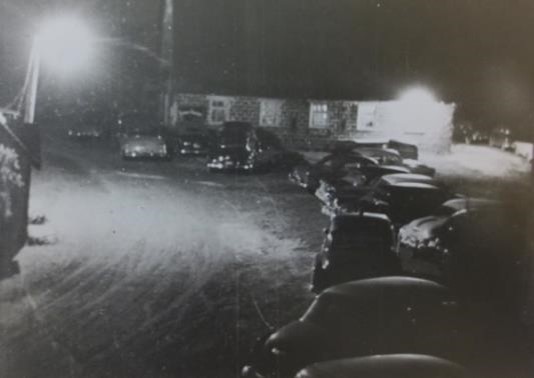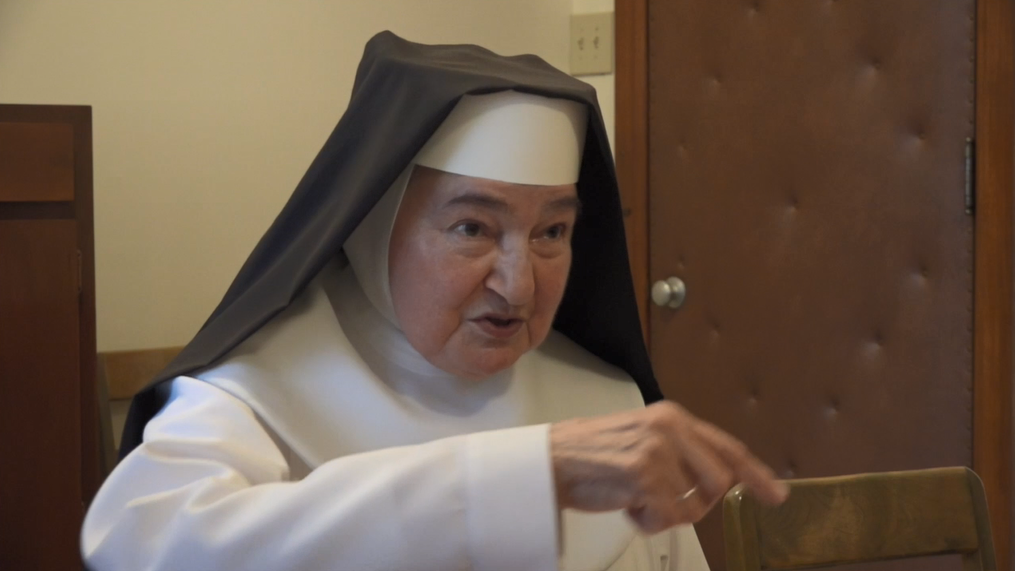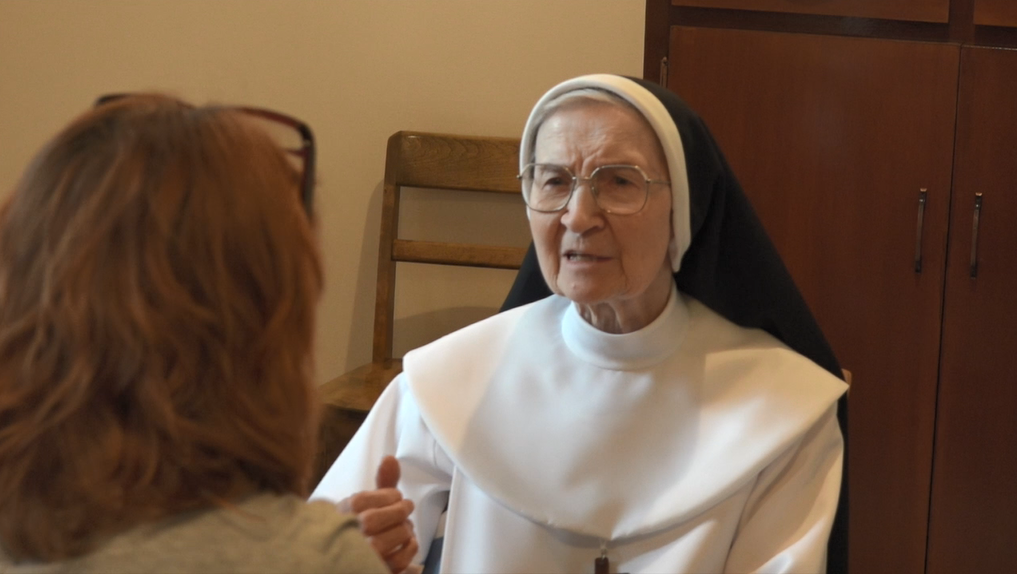
Heather Thomson
Manager Heritage Program
The Colonel By Fountain in Confederation Park is a lovely water feature in one of our Capital parks. But, on a personal level, it always makes my think of my daughter, throwing coins in to make a wish when she was little.
People are connected to the places in their life through stories and memories. Over the past several years, the NCC has had the opportunity to hear the testimonials of people who were witness to the history of the places it cares for. These oral history projects continue to enrich our understanding of these places.
This is a story of stories.
Story No. 1: Greenbelt Heritage Farms
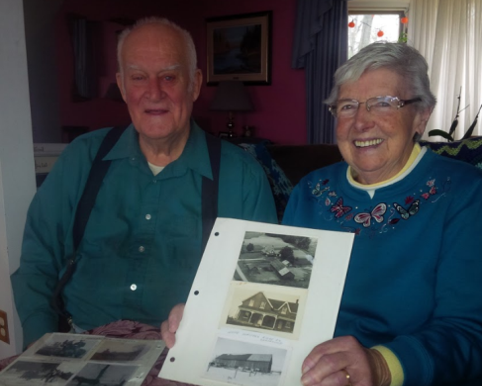
What we know today as Canada’s Capital Greenbelt was created by the NCC beginning in the 1960s. The NCC acquired properties and consolidated them to create a protected green ring around the city with the intent of preventing urban sprawl. In the process, it expropriated homes and farms from many families.
Many of the farms were transformed through reforestation, and are now conservation areas and hiking trails. However, the NCC continues to manage over 80 farms to showcase sustainable agriculture and rural heritage, leasing them to farmers. When one of these farms was advertised for lease in 2015, the family who had farmed that land for generations before the NCC expropriated it reached out to us. They showed us their old family photographs, and told us stories from their time on the farm and the difficult expropriation.
We reached out to Carleton University to engage a history student to help us interview, record and document the family’s story. Their recollections made a powerful impact on our staff, and showed that the Greenbelt is more than farms and green spaces. It is a collection of places that hold memory and meaning for people, families, whole communities.
Over time, the NCC undertook to collect more oral histories. This process helped us better understand the layered meanings in Greenbelt landscapes. Many of the properties the NCC acquired have since been turned into green space. Hence, caring for the existing houses, barns and other places we manage is all the more important. Oral histories, as well as documentary research, also led to the creation of the Greenbelt Heritage Farm Trail, a series of interpretive panels at 10 sites within the Greenbelt.
Story No. 2: A Century in the Monastery
In 2016, the NCC purchased the monastery of the Congrégation des Servantes de Jésus-Marie, to integrate it into Jacques-Cartier Park, on the north shore of the Ottawa River.
The site has been home to this contemplative and cloistered order of nuns, since 1902. Over the past century, the Servantes de Jésus-Marie and the monastery itself have come to occupy a special place in the local community and in the history of the Outaouais region. It is the only such congregation founded in the Outaouais.
Video: Guided tour of the monastery of the Congrégation des Servantes de Jésus-Marie.
After our experiences in the Greenbelt, we realized we had an incredible opportunity to truly understand what this place was all about — from the sisters themselves who were still living there. In fact, it was more than an opportunity, it was a responsibility to seek out the stories of these sisters who had made their home here for over 100 years.
We reached out to the Mère-Servante, and she told us that some local heritage organizations had also asked if they would share their stories. So, it became a collaboration between the sisters, the NCC, the Réseau de patrimoine de Gatineau et de l’Outaouais, the Société d’histoire de l’Outaouais and Marie Roy, a remarkable woman who is deeply engaged in the religious heritage of the Outaouais. We also engaged a student from Carleton University again to help coordinate the project. In 2018, I had the privilege of listening to the sisters’ interviews. In many cases, their stories have never been told to anyone before. I’m thrilled that we now have records of their time in this special place. The project was honoured by the Ville de Gatineau in 2020 for its contribution to the preservation of Gatineau’s heritage.
The sisters’ testimonials gave a voice to the spirit of the place as a site of peace and contemplation. They provide a valuable reference for future planning and undertakings at the site.
Story No. 3: Memories of LeBreton Flats
LeBreton Flats is a 29-hectare site in the heart of Ottawa. It is steeped in Canada’s history. The NCC is bringing the site back to life, and a key part of that project calls for honouring the past.
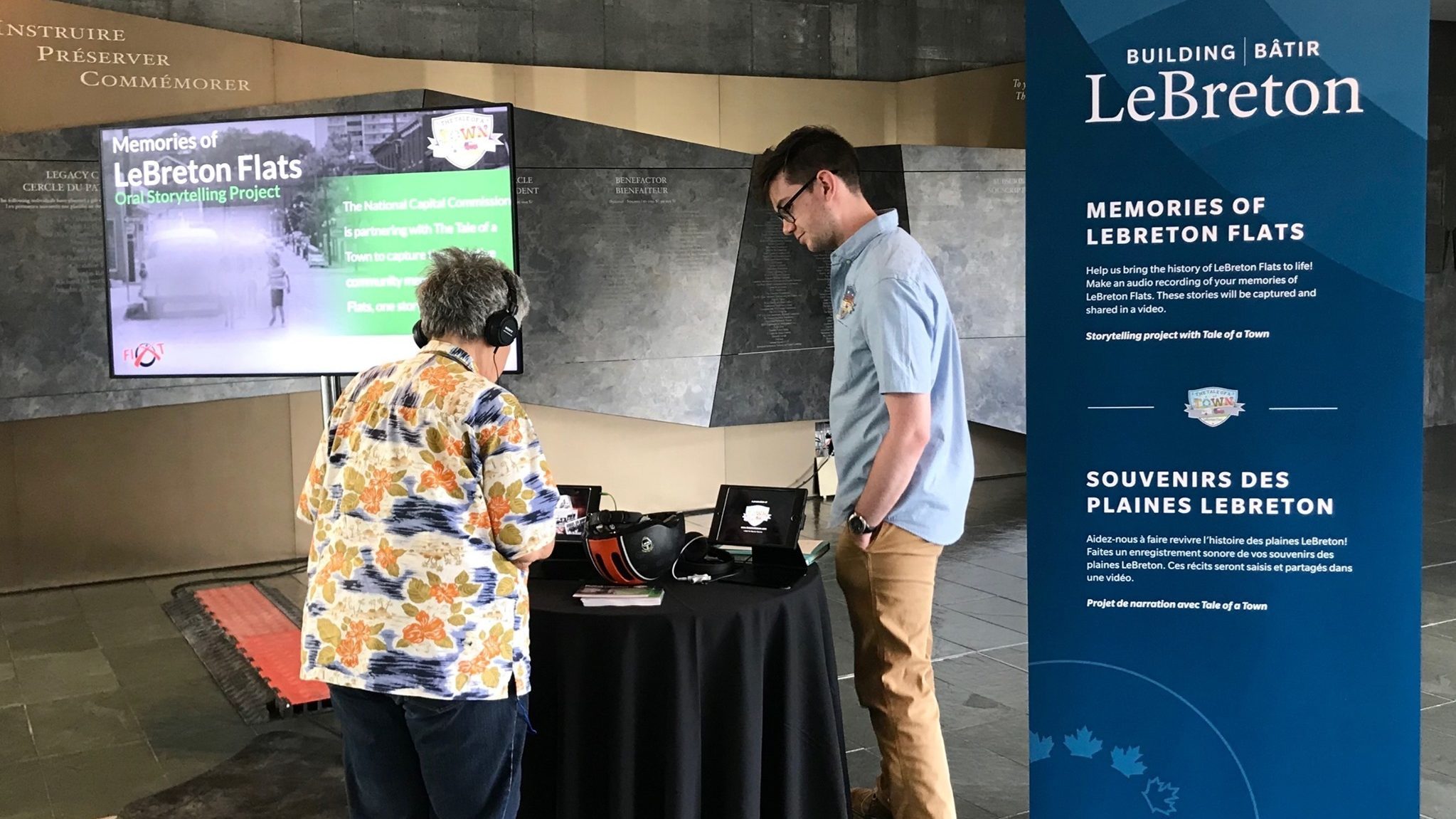
The area’s proximity to the Ottawa River has made it a place of significance for Indigenous peoples and in the development of the Capital. The community’s expropriation in the early 1960s had a lasting effect on the site. It is important for the NCC to recognize these stories and connect them to the site’s future.
Thus, we partnered with FixtPoint Arts and Media to capture the collective community memory of LeBreton Flats, one story at a time. In 2019, we interviewed past and present residents, Indigenous people, and those who have witnessed changes at LeBreton Flats over the decades. We gathered their audio stories of personal experiences and memories.
Their stories will be reflected in a short, animated documentary — coming soon. It will be one of many initiatives to preserve local heritage and capture the historic neighbourhood culture of LeBreton Flats.
“Don’t say in the years to come that you would have lived your life differently if only you had heard this story. You’ve heard it now.”
—Thomas King, The Truth About Stories: A Native Narrative
As places change, the stories behind them can be forgotten. This is why recording oral history is so important. It honours and shows respect for the stories of the people who have come before. And it cannot help but change how we see places, and how we plan for them.
The NCC manages and protects 11 percent of the lands in the National Capital Region. We manage a lot of land, but to be more precise, we manage a lot of places — places that matter to people.
This blog illustrates the role of story and memory in inclusive urbanism and placemaking. If you’re interested in learning more, check out our virtual Urbanism Lab event and hear speakers from across the country on this important topic.
Cultural heritage newsletter
Sign up to get updates on the work we do to protect public places that are essential to Canada’s symbolic, natural and cultural heritage.
